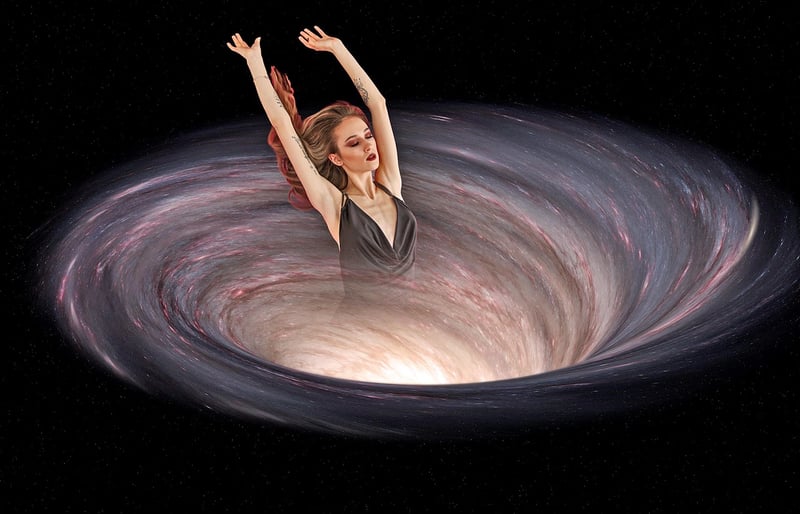Time-Warping Devices
Mechanisms for Time Travel and Time-Warping Devices
Time travel has always been a fascinating concept, often explored in literature and popular culture. While still a subject of theoretical physics, various mechanisms have been proposed to potentially enable time travel. Let's delve into some of these intriguing ideas and the concept of time-warping devices.
1. Wormholes

One of the most popular theories for time travel involves the concept of wormholes. Wormholes are hypothetical passages through spacetime that could create shortcuts for long journeys across the universe, potentially allowing for time travel between different points in time.
2. Time Dilation

According to Einstein's theory of relativity, time dilation occurs when an object is moving at speeds close to the speed of light or in the presence of intense gravitational fields. This effect could allow for time travel to the future by slowing down or speeding up time relative to a stationary observer.
3. Cosmic Strings

Cosmic strings are hypothetical one-dimensional topological defects that could have formed during the early universe. These cosmic strings might create gravitational fields capable of warping spacetime, potentially leading to time travel possibilities.
Time-Warping Devices
While the theoretical mechanisms for time travel are captivating, the concept of time-warping devices in science fiction often takes center stage. From the TARDIS in Doctor Who to the DeLorean in Back to the Future, these fictional devices capture the imagination of audiences worldwide.
While time travel remains a speculative and challenging concept, the exploration of these mechanisms and devices continues to inspire scientists, writers, and dreamers alike.
Remember, time travel is currently limited to the realm of imagination and theoretical physics. Who knows what the future may hold?
Stay curious!
